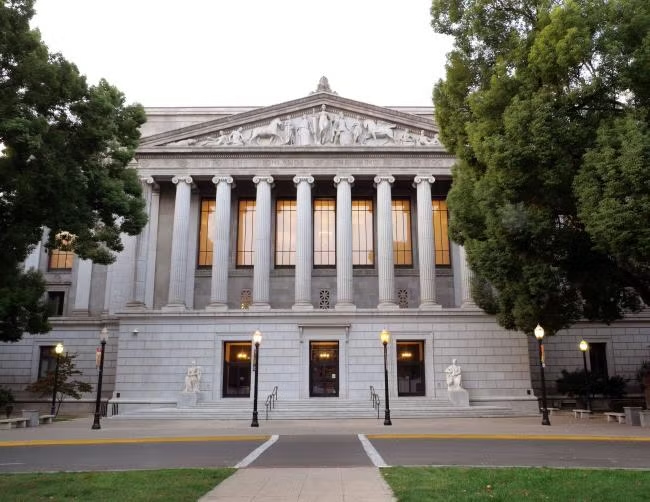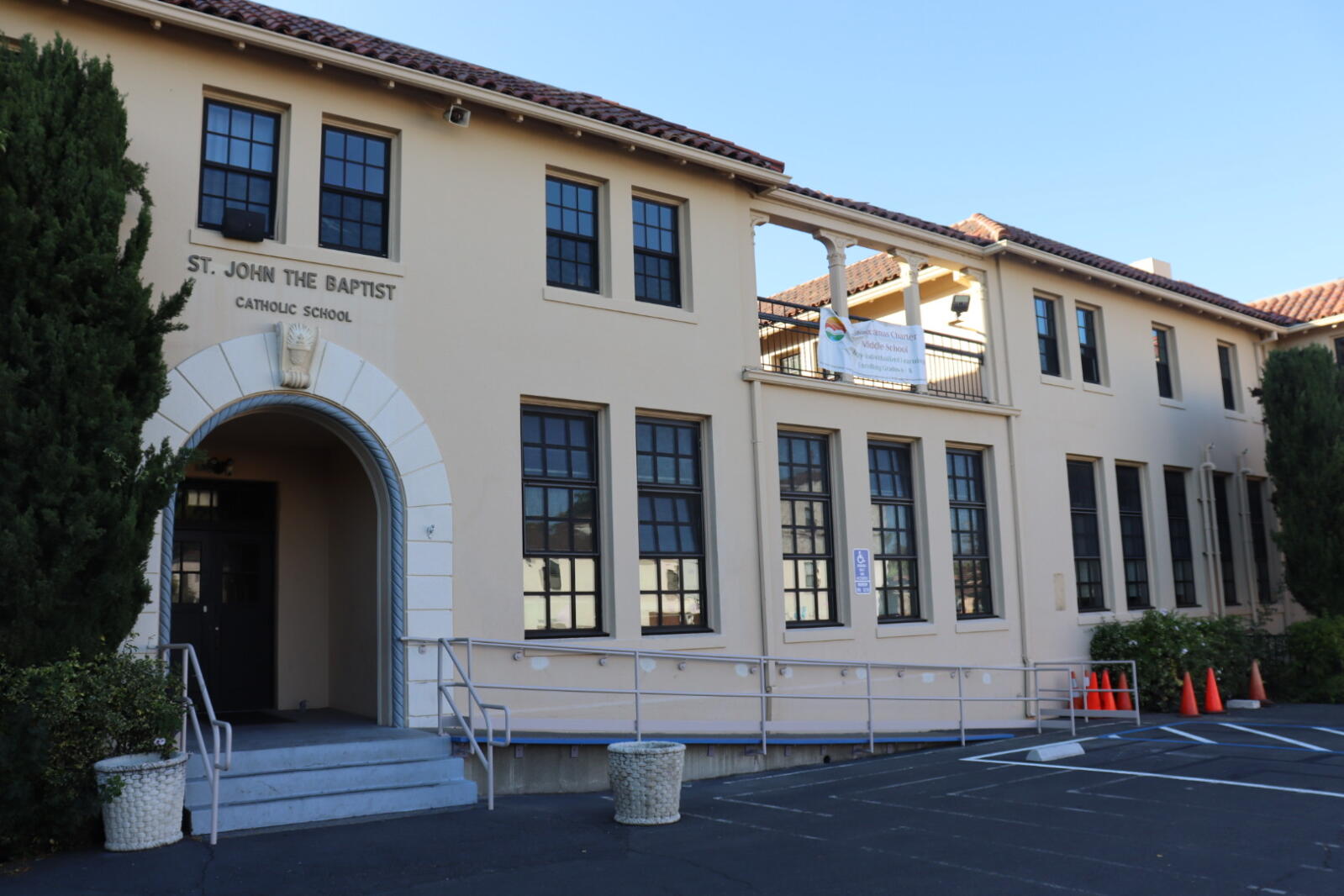The California Court of Appeal, First District (“Court”), overturned the City of San Francisco’s (“City”) decision that a proposed high school stadium 90-foot lighting project was exempt from the California Environmental Quality Act (“CEQA”). (Saint Ignatius Neighborhood Association v. City and County of San Francisco (2022) 85 Cal.App.5th 1063).
The Court held that the City’s planning department and board of supervisors erred by exempting the project from CEQA under Class 1 (existing facilities involving negligible expansion) and Class 3 (new construction of small structures) categorical exemption categories.
The Court agreed with the neighborhood association challenging the project and found that the light standards could not be construed as “small structures” under Class 3 when considering the surrounding neighborhood. The Court also ruled that the expanded use of the existing facilities at nighttime would be significant, and thus the project was outside the scope of a Class 1 categorical exemption.
Background
The Saint Ignatius College Preparatory High School campus operates within a residential neighborhood of San Francisco. The campus’s athletic stadium is without permanent lights. The high school sought to install four 90-foot-tall light standards and applied to the City for approval.
The City granted the application, determined that the project was categorically exempt from CEQA review and that none of the exceptions to the exemptions applied, and imposed restrictions on the school’s nighttime use of the stadium lights.
The Saint Ignatius Neighborhood Association filed a petition, challenging the City’s determination that the project was exempt from CEQA review under the Class 1 and Class 3 categorical exemptions. The trial court denied the neighborhood association’s petition, and the association appealed.
Decision
The Court of Appeal held that the City erred by finding that the proposed lighting project was exempt from review under CEQA, and reversed the lower court’s decision, holding that the project did not fairly fall within either CEQA’s Class 1 exemption for “existing facilities,” or its Class 3 exemption for the construction of “small structures.” (CEQA Guidelines, §§ 15301 & 15303.)
Under CEQA Guidelines section 15301, the key consideration in applying a Class 1 exemption is “whether the project involves negligible or no expansion of use of existing facilities.” In recent years, the school used temporary (portable) lights at the stadium for a total of approximately 40-50 evenings per year. The proposed installation of permanent lights would enable the stadium’s use for up to 150 evenings per year.
While the Court agreed that substantial evidence supported the City’s findings that the project would not result in an increase in the capacity of the stadium or the overall frequency of its use, the expansion of the facility’s use at nighttime would be significant. Accordingly, the Court determined that the City erred in applying the Class 1 categorical exemption.
The Court found that the Class 3 exemption was also inapplicable. CEQA Guidelines section 15303 applies to the “construction and location of limited numbers of new, small facilities or structures; installation of small new equipment and facilities in small structures; and the conversion of existing small structures from one use to another where only minor modifications are made in the exterior of the structure.”
The Guideline’s non-exclusive list of examples of what constitutes a “small structure” within the scope of the exemption include: small residential structures; small stores, motels, offices, and restaurants not involving use of hazardous materials or exceeding 2,500 square feet of floor area; small commercial buildings bot involving use of significant amounts of hazardous materials or exceeding 10,000 square feet of floor area in urbanized areas; utility extensions; and appurtenant structures. (CEQA Guidelines, §15303.)
Observing that categorical exemptions are “narrowly construed” and “not to be expanded beyond the reasonable scope of their statutory language,” the Court reviewed the non-exclusive list of Class 3 projects and concluded the 90-foot light standards were fundamentally dissimilar from all the examples.
As part of its review, the Court pointed out that the high school campus was located in a residential neighborhood consisting of predominantly single-family homes no more than 25 feet in height, and typical streetlights in the surrounding neighborhood were no more than 30 feet tall. The proposed stadium light standards, at 90 feet, would be significantly taller than any other structure in the neighborhood. Therefore, the Court found the 90-foot-tall light standards did not qualify as “small” within the meaning of the Class 3 exemption.
The Court concluded by observing that the purpose of enforcing CEQA’s environmental review and analysis requirements is not necessarily to kill the project, but to require careful consideration of measures that will mitigate its environmental impacts, which, as the evidence in this case indicated, included potential light, noise, and traffic impacts. Although the City had imposed conditions of approval to address such concerns, the Court noted that “the neighborhood citizens are entitled to have the sufficiency of these conditions scrutinized in accordance with CEQA standards.”
Impact
The Court found against the use of both the Class 1 and Class 3 exemptions based on its interpretation of the statutory language applicable to the categorical exemptions and the evidence in the record. The Court’s decision reinforces existing case law, which provide that exemptions may not be unreasonably expanded beyond their terms.
By examining the parameters of these exemptions, this decision provides further guidance to lead agencies, including school districts and community college districts, who may be contemplating the CEQA review process for a proposed future project (stadium lights or otherwise), and who may be considering whether such project is categorically exempt from CEQA.
If you have questions about the CEQA review process or categorical and statutory exemptions, please contact a DWK attorney in our Business, Property and Construction group.



![25_0123 DWK 2025 BIT Thumbnail_500x500[1]](https://www.dwkesq.com/wp-content/uploads/2025/02/25_0123-DWK-2025-BIT-Thumbnail_500x5001.jpg)